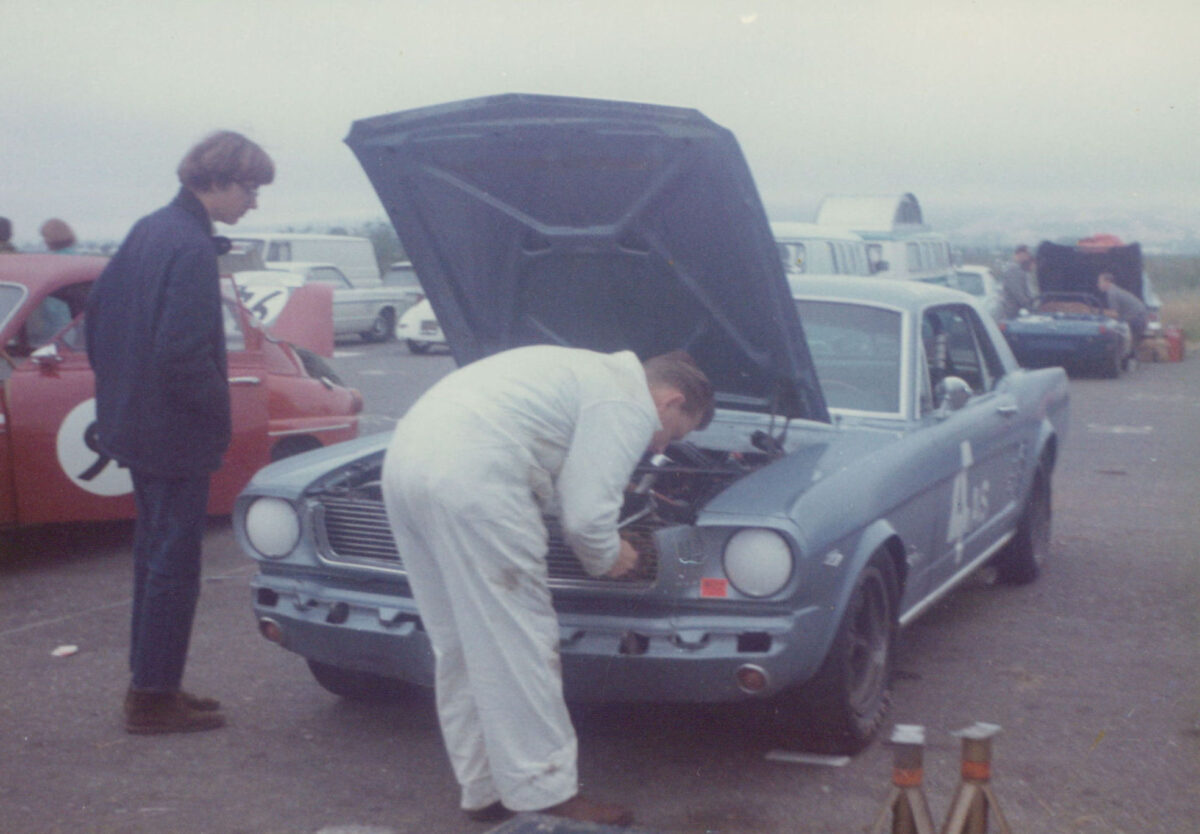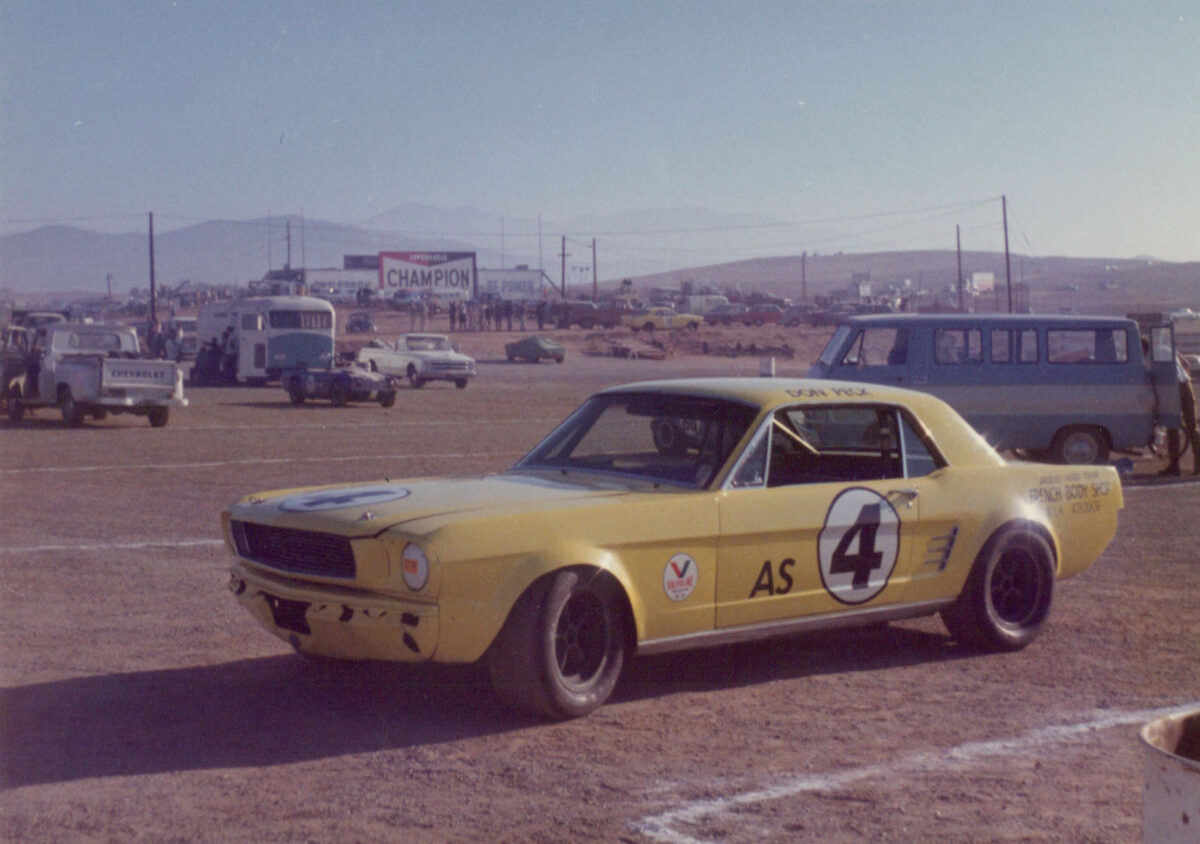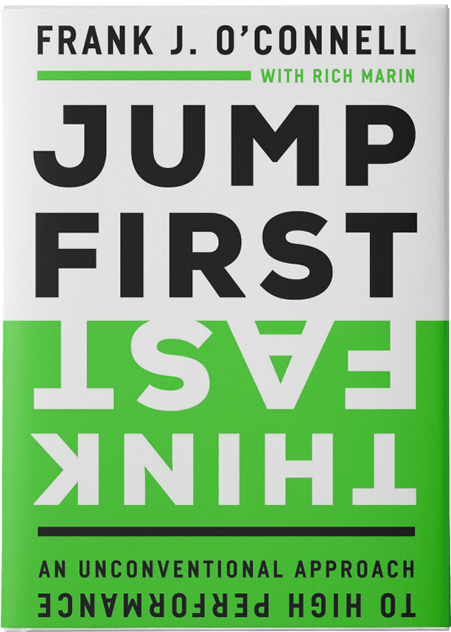How race car driving helped me to Jump First, Think Fast
I grew up on a farm in the Finger Lakes region of upstate NY. Friday nights were spent going to the local stock car dirt tracks. I knew all the drivers who were sponsored by the local businesses and worked in the local garages. My favorite driver was Poise Willard. He had a flowerpot on the top of his car. Stock car racing eventually spawned some of the best NASCAR mechanics.
I loved racing but my all-time favorite was going to Watkins Glenn, a racetrack at the end of Seneca Lake known as the Glenn. The original circuit was in the village; but after spectators were injured, it was moved to a track outside of town. It became world famous for the Formula One US Grand Prix as well as six hour races and Can-Am. My boyhood love of racing was fueled by the Glenn where I watched some of the world’s best racers: Stirling Moss, Phi Hill, Dan Gurney, and later, top drivers like Mario Andretti, Jacky Ickx, and Pedro Rodrigues.
Then at my first job at Carnation Company in Los Angeles, I became friends with a marketing manager named Don Peck. It took me a while to learn that he was Gregory Peck’s half-brother. He does have those big bushy eyebrows. We often shared a table at lunch and quickly figured out we had a mutual interest in racing. He invited me and my wife Gail to his home in Santa Monica and when he took me out to his garage and rolled up the door, I was blown away to see one of Carol Shelby’s first Mustangs equipped for road racing. It had been a test mule that was upgraded with GT 350 speed parts. I saw that Don was a serious race driver on the SCCA (Sports Car Club of America) circuit.
As we became more acquainted and comfortable together, Don asked me if I would consider being his crew chief. I said,
“Don, I am not a mechanic and don’t know anything about being a crew chief.”
Don said, “I have studied your demeanor and character. I would rather teach you from scratch.” I was so excited I could not believe this was happening to me.


This was the start of an incredible friendship. The crew was small and consisted of Gail, who handled the pit sign to communicate with Don when he was on the track racing; Don’s wife Joann who did all of the organizational and administrative tasks, and me who worked closely with Don on all the mechanical and safety issues plus pit stops, fueling, changing tires and race strategy. I generally drove the big station wagon with the Mustang in tow behind it. During a race, it was important for Don to rest. We drove to the track on Friday night, qualified on Saturday, raced on Sunday and drove home to be at work on Monday.
Carnation was a very conservative company, so we kept Don’s racing quiet as long as possible. We hid the tow car and trailer behind a gas station near Carnation and then beelined it after work on Friday to hit the road. Obviously, a few people knew but they kept quiet. In a separate instance, I had had a motorcycle accident and suffered some nasty road rash. At work, I was forced to keep one leg on a chair with towels. My boss suggested that I should seriously consider taking up sailing instead.
Don was an engineer by education and very detailed. We rented tracks on non-race weekends and did endless testing of things like rear-end ratios, and tire pressure build up. Don worked tirelessly on race weekend to tweak things to gain a couple seconds per lap. Engineers are never done engineering, so it was my job to say “let’s not miss the race so button her back up.” He’d laugh and agree.
He was an excellent driver and very fast. He also was an excellent teacher and mentor, not just to me but often to young drivers. For every track he perfected the fastest line through every curve. I would constantly see him in the pits with a young group of drivers sitting around him looking at his chalk board where he was showing his students the best lines to follow. He was not concerned that they were his competitors, and some would grow to be exceptional drivers.
When we rented tracks on weekends for testing, I would often strap into the seat next to him. It could be terrifying. I never went into a curve I thought we were going to get out of. The Mustang was doing 4-wheel drifts, at high speeds, through each corner at over 120 miles an hour in the straightaway, and we were heading toward the wall. Don would brake heavily, then as the wall got closer, he would get off the brakes, crank the wheel and accelerate as the back end swung around, just missing the wall, as we shot up the straightaway.
Our greatest safety concern was fire. I had watched countless drivers hit the wall and the car burst into flames. One race in particular, a Cobra hit the wall and burst into flames leaving the driver seriously burned. They stopped the race and put powder on the track to absorb the gas and oil but every car avoided that spot at the curve partly because it could be slippery; but it was more about psychology.
Don was racing straight after that incident and I saw him go into the corner and take the fastest line; as he drove through it the powder formed a cloud. No one else took that line. At that time, race cars had electric fuel pumps which meant in the case of a roll over or crash, a broken fuel line would allow gas to be continually pumped on the car or a driver and, God help us, if there was a spark. Don would practice spinning the car and developing a quick reaction to hitting the off switch on the dash. My job was to tape every gas line connection to prevent a break.
Racing is an incredible mental and psychological game and requiring Don and I to have a deep but quiet understanding of each other. The most critical time was before Don went from the pits to the starting line. My job was to keep people out of the pit because I knew that their presence could be a downer and cost us several seconds a lap. Then when Don climbed in the car, I kept everyone away from him — it was his time to think, “Why am I here?” Then we would just look at each other in confident silence as he headed for the starting line.
The first corner off the starting line is often blind. This is the reason cars get bunched up and crash at the start. Don was very fast off the starting line. But more than that, if he had not qualified on the pole and was in the second or third row, he was known for going full throttle into the blind corner and you had better move over. It became a known stigma for other drivers. It was the ultimate Jump First, Think Fast move. He was fully committed and had to make split second decision to create an opening and not crash. I can’t think of another profession where Jump First, Think Fast is essential to winning.
I’m not quite sure how to express this, but Don’s mentoring of me as his crew chief was life threatening. I did feel I had his life in my hands relative to preparation of the race car he was driving at killer speeds. There is one instance I will never forget. Don came into the pits for a tire change. For whatever reason I did not tighten the lug nuts down on one wheel. He drove back out on the track and at high a speed and felt a hobble. He came into the pits, and I tightened them down. It was incredibly terrifying to me to think I had risked his life. He never admonished me or got angry.
One Saturday when we had rented a track for testing, Don came into the pits. He handed me his helmet and said we have been together long enough, and he got out of the car. I made a couple of laps and then picked up speed going down the straight away at about 120 heading for the wall. I had missed recognizing the last pilon where I should have down shifted to slow the car down. The wall came up quickly and I knew I couldn’t brake my way out of it. I remembered Don had told me if that happened, then do exactly the reverse of what you would think you should do. Crank the wheel sharply to the right and push the accelerator to the floor. Your mind tells you are going to hit the wall at a terrible speed. Instead, the rear of the car comes around just missing the wall and you shoot onto the straightaway.
Another time we were racing in Las Vegas and Don’s half-brother Gregory and his wife, Veronique, came to the race. They sat on chairs on a viewing platform on the top of the station wagon. There is no way you can disguise Gregory Peck. People started to casually circle our pit area, making it a bit difficult to work on the car. That evening Gregory took us all to a Las Vegas show. We were late arriving so everyone was already seated. We walked down the isle to our front row seats, and the crowd went nuts, whispering. Someone pointed at me and said, “Is that his son?” That night we had dinner and played a game called careers. Gregory told me to place all my chips on fame as everything else follows.
Don’s engineering skills and his lessons about preparation paid off. There were times in qualifying where the car was not running right. We would rent a local garage for the night and work on the car until it was right. We had one of the highest rates on the circuit for completing races. Others frequently ran fast and hard and broke, never completing the race. There is lot of strategy and messaging here for life.
Don eventually became very successful. We received a Valvoline sponsorship to help with this expensive sport. Don became a very popular driver on the circuit. I remember the times I crawled out from beneath the car in my white coveralls to see Don being interviewed by the press.
It was a treasured, near-perfect relationship and I had a fleeting thought about taking a couple of years off to go racing.
